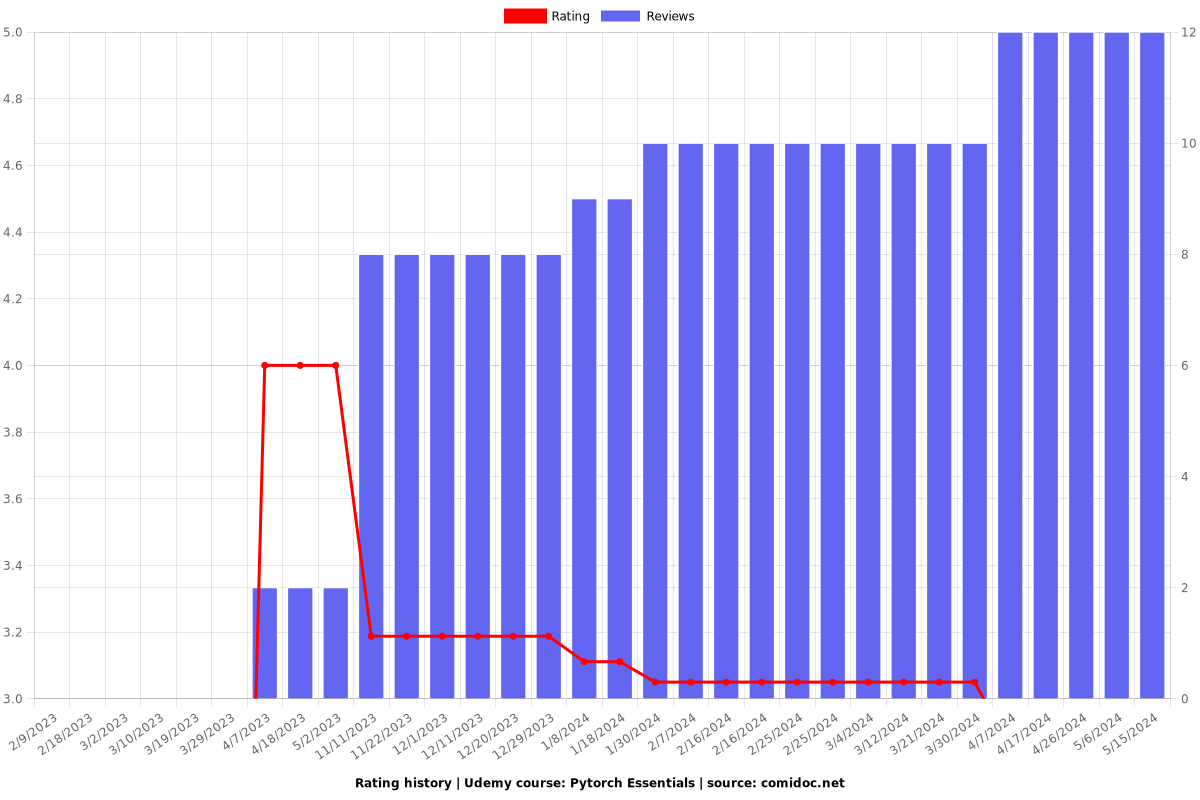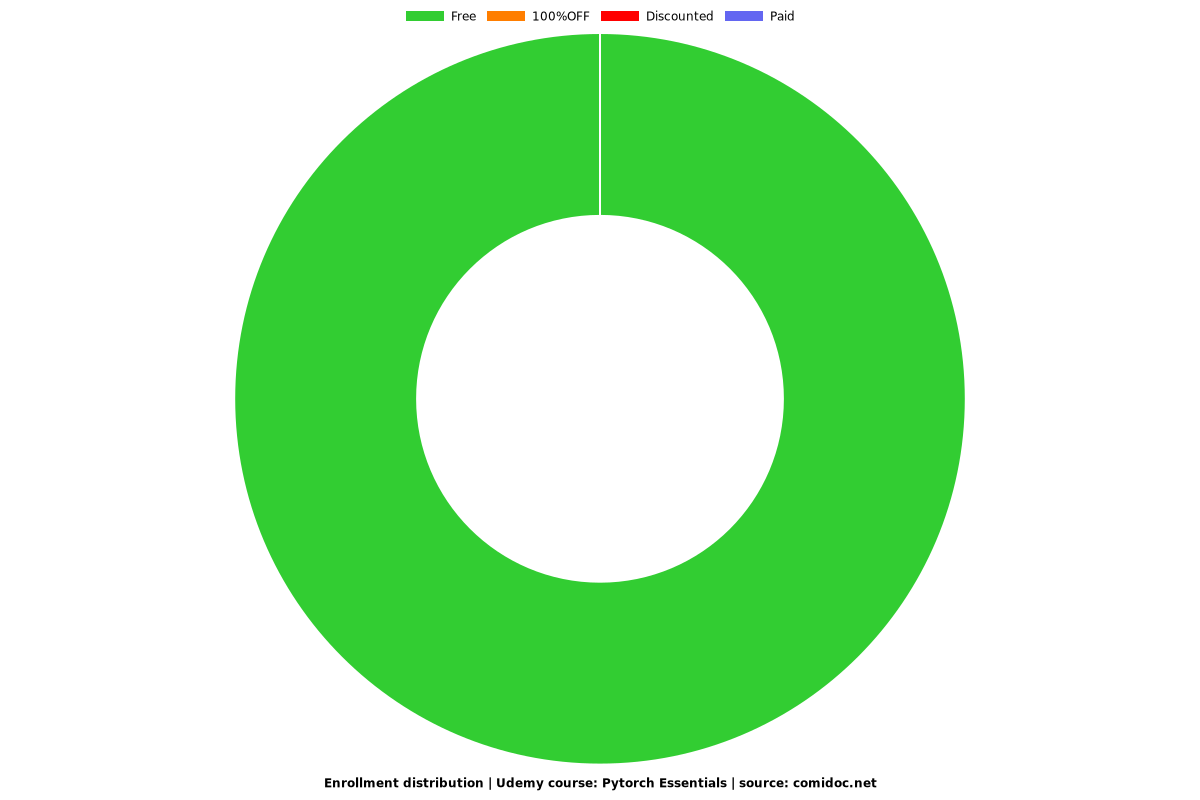Pytorch Essentials
Learn Pytorch activation functions, Pytorch Model Design, Tensor Computations ,Pytorch Studio, Pytorch Neural Network

What you will learn
Learn Pytorch
Learn Activation and Transform Methods
Learn Tensor Operations
Learn Basics of Model Design
Learn Pytorch Studio
Why take this course?
PyTorch is a popular open-source machine learning library that is widely used for a variety of tasks in the field of artificial intelligence. It is particularly essential for deep learning, computer vision, and natural language processing, and is known for its ease of use, flexibility, and dynamic computational graph structure.
At the heart of PyTorch is the concept of tensors, a data structure that is used to store and manipulate multi-dimensional arrays. Tensors can be processed on either a CPU or GPU, making PyTorch suitable for a wide range of complex and computationally demanding tasks. PyTorch supports a variety of tensor operations, including indexing, slicing, transposing, and element-wise operations, and it provides a variety of functions and classes for building and training neural networks.
One of the key advantages of PyTorch is its dynamic computational graph structure, which allows for real-time modification of the model during runtime. This is particularly useful for deep learning, where the model structure may need to be changed based on the results of intermediate computations. PyTorch's dynamic computational graph structure also allows for easy integration with other libraries and tools, such as NumPy, Pandas, and TensorBoard, making it a popular choice among researchers and practitioners.
PyTorch also provides a comprehensive suite of functions and classes for building and training neural networks, including common layers such as fully connected, convolutional, and recurrent layers. It also includes popular optimizers such as SGD, Adam, and Adagrad. Additionally, PyTorch integrates well with popular deep learning frameworks such as TensorFlow, allowing for the seamless transfer of models between different frameworks.
Another standout feature of PyTorch is its ability to seamlessly transfer models between the CPU and GPU, making it suitable for both research and production use cases. It also provides built-in support for CUDA, a parallel computing platform, and API for using GPUs, allowing for efficient processing on GPUs.
PyTorch is highly modular and customizable, allowing for easy integration with other libraries and tools. It also has a vibrant and active community of developers and users, providing a wealth of resources, tutorials, and examples for users to explore and learn from.
Screenshots




Charts
Price

Rating

Enrollment distribution
